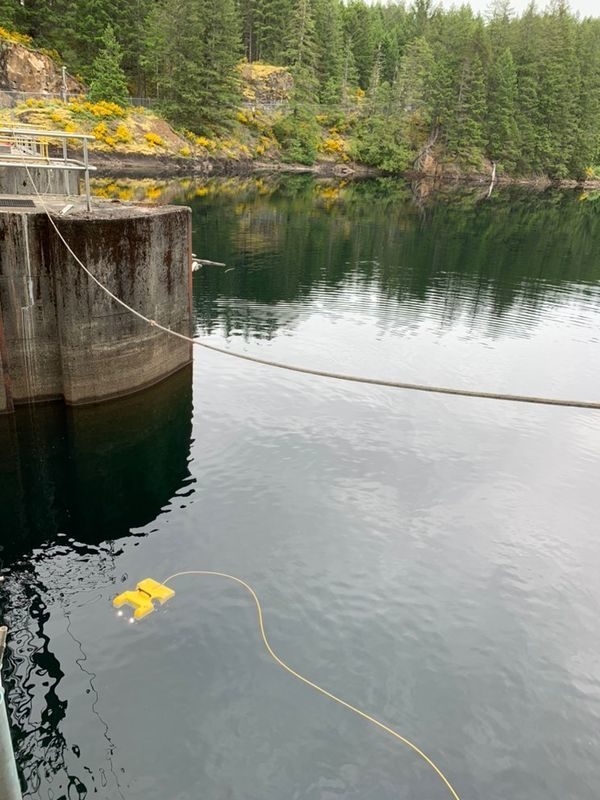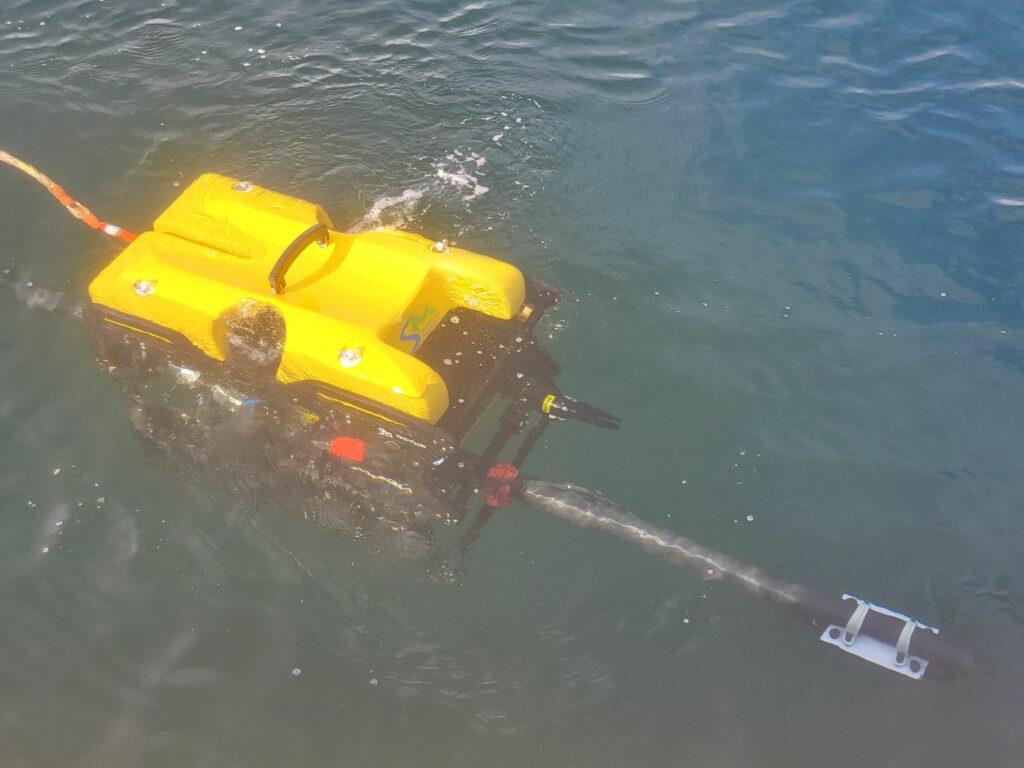Calculating and maintaining neutral buoyancy for ROVs is essential for the successful operation. The right structural components and buoyancy control systems are critical to ensure stability, energy efficiency, and the ability to carry out a variety of tasks at different depths in challenging underwater environments. At SEAMOR Marine our thrusters and syntactic foam are important factors in our ROVs’ buoyancy control.
Calculating Neutral Buoyancy for ROVs
1) Determine the ROV’s Mass.
First, you need to calculate the ROV’s total mass, including all the components, equipment, and payloads it carries.
2) Calculate the ROV’s Buoyant Force: The buoyant force is the force exerted by the water on the ROV, which counteracts its weight. You can calculate it using Archimedes’ principle:
Buoyant Force = Displaced Water Volume x Water Density x Gravitational Acceleration.
3) Adjust the Buoyancy
To achieve neutral buoyancy, the ROV’s weight (mass x gravity) should equal the buoyant force. If the ROV is too heavy, it will sink; if it’s too light, it will float.
Add or remove ballast weights, syntactic foam, etc., to fine-tune the ROV’s buoyancy. This should all happen BEFORE you receive your ROV. This type of testing is crucial for optimal performance and each manufacturer needs to know the neutral buoyancy for their ROVs.

Importance of Buoyancy Control for ROVs:
- Stability. Neutral buoyancy ensures that the ROV remains at a constant depth and doesn’t drift up or down uncontrollably. This stability is critical for performing precise tasks and collecting data.
- Energy Efficiency. Maintaining neutral buoyancy reduces the power needed to control the ROV’s depth. This is especially important for long-duration missions.
- Payload Flexibility. ROVs are often used for various tasks, such as inspections, maintenance, scientific research, and data collection. Neutral buoyancy allows for the efficient use of different payloads at different depths.
- Safety. In deep-sea environments, strong currents and variable conditions can be challenging to navigate. Proper buoyancy control enhances safety by enabling precise maneuvering.
As always, we invite you to get in touch and/or get yourself a demo to test our ROVs for yourself.

